Jules Vernes Rocket to the Moon
5.4 /10 1 Votes5.4
Country United Kingdom | 5.2/10 IMDb Genre Adventure, Comedy, Fantasy Duration Language English | |||||||||||||||||||||||||||||||||
 | ||||||||||||||||||||||||||||||||||
Release date 13 July 1967 (1967-07-13) (UK) Writer Harry Alan Towers (original story), Jules Verne (inspired by the writings of), Dave Freeman (screenplay) Screenplay Harry Alan Towers, Dave Freeman Cast (Phineas T. Barnum), (Gaylord Sullivan), (Professor Siegfried von Bulow), (Angelica), (Sir Charles Dillworthy), (The Duke of Barset) Similar movies Interstellar , The Martian , 2001: A Space Odyssey , Avatar , Independence Day , Apollo 18 | ||||||||||||||||||||||||||||||||||
Jules verne s rocket to the moon 1967 movie
Jules Verne's Rocket to the Moon is a 1967 Eastman color British science fiction comedy film directed by Don Sharp and starring Burl Ives, Troy Donahue, Gert Fröbe and Terry-Thomas.
Contents
- Jules verne s rocket to the moon 1967 movie
- Jules verne s rocket to the moon 1967
- Plot summary
- Production
- British Release
- US Release
- References

It was released in the US as Those Fantastic Flying Fools, in order to capitalise on the success of Those Magnificent Men in Their Flying Machines two years earlier.
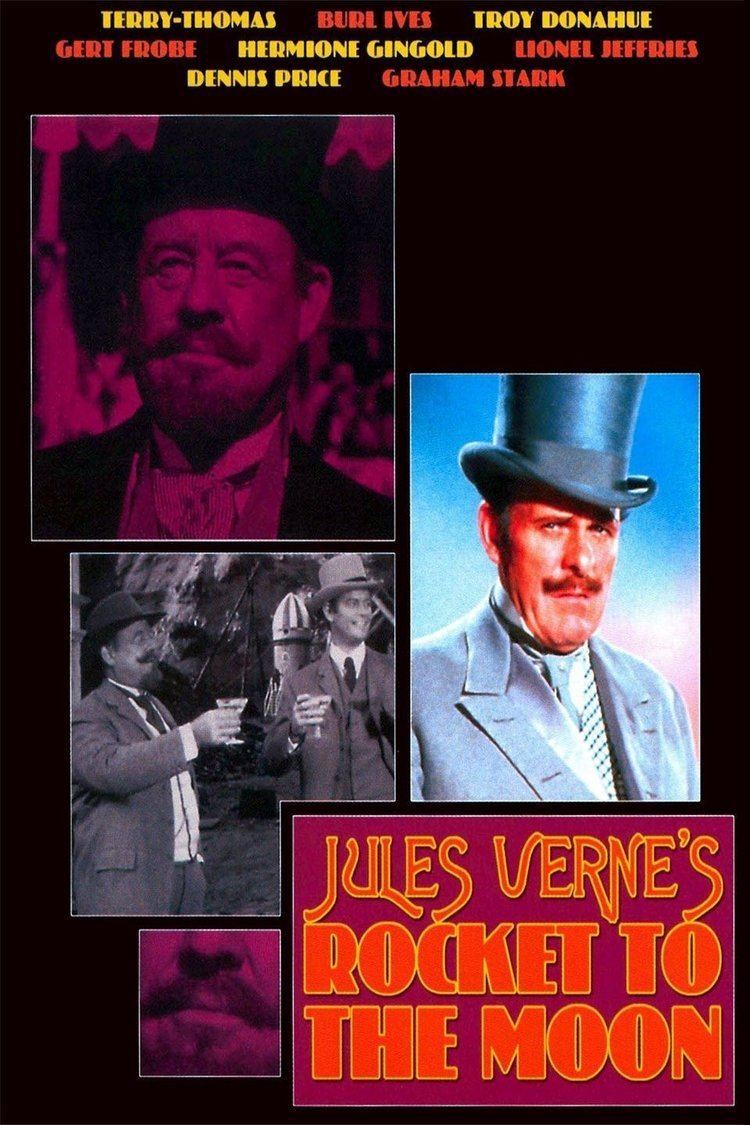
Jules verne s rocket to the moon 1967
Plot summary
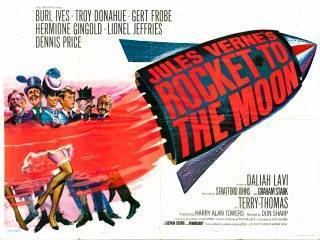
In Victorian England, everyone is trying to make new scientific discoveries. In the USA, Phineas T. Barnum's "Greatest Show on Earth" burns to the ground, so he heads for England with his star, Tom Thumb.
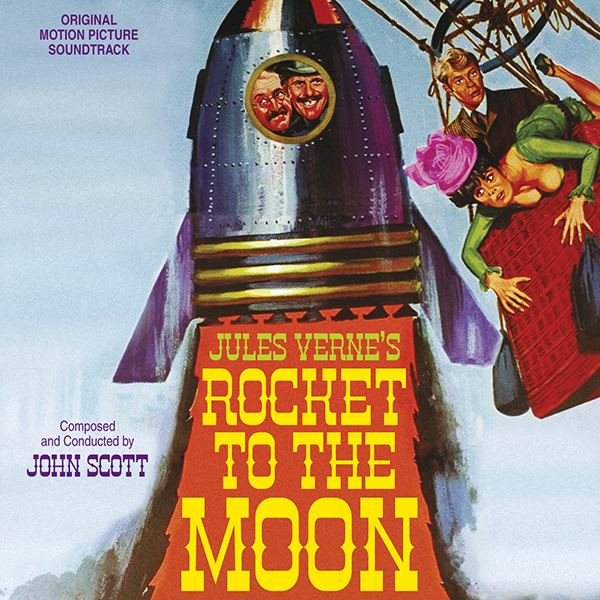
He is invited to a lecture by German explosives expert Siegfried Von Bulow who proposes the idea of sending a projectile to the moon using a powerful new explosive. Von Bulow is ridiculed but Barnum thinks the idea has the potential to make him money. He sets about finding the financial backing in order to build a giant cannon to fire the projectile, carrying a reluctant Tom Thumb.
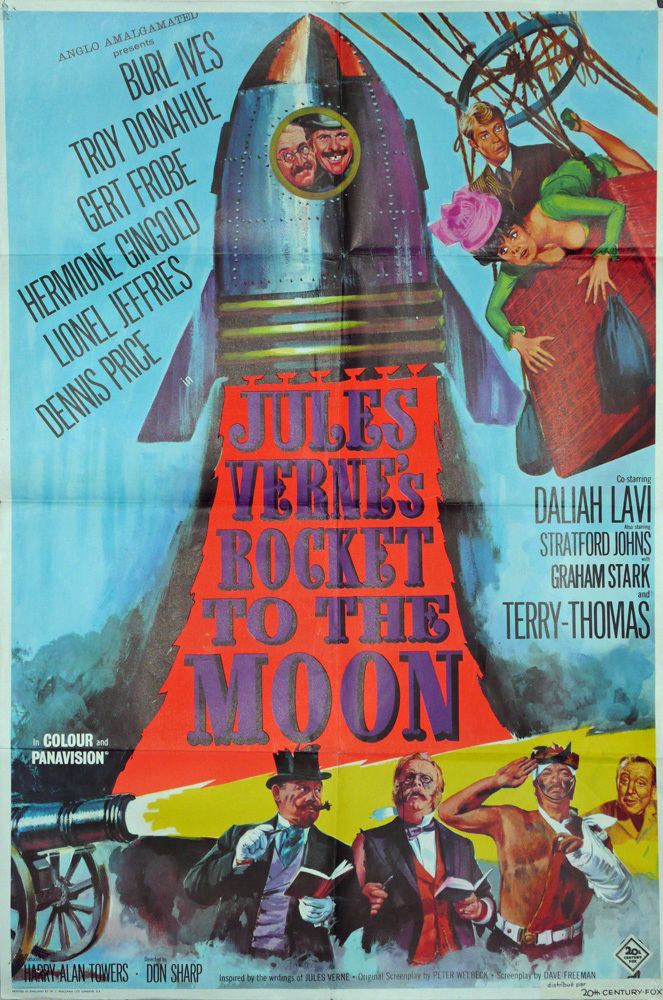
The project attracts spies from all over the world. However the spaceship designed by Sir Charles Dillworthy proves useless since it does not provide a means for returning to the earth.
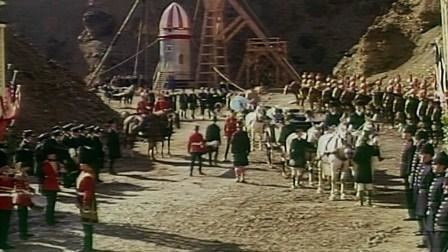
Barnum then meets an American balloon enthusiast, Gaylord Sullivan, who has run off with his girlfriend, Madelaine, on her wedding day to another man, the wealthy Frenchman Henri. Gaylord claims that he has designed a projectile equipped with round-trip rockets. Henri offers to finance Gaylord's missile if he agrees to take Tom Thumb's place.
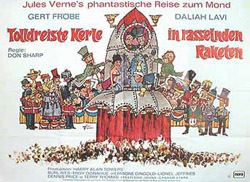
Dillworthy and his shady brother-in-law, Harry Washington-Smythe, who have already embezzled most of Barnum's funds, immediately plot to sabotage Gaylord's flight.
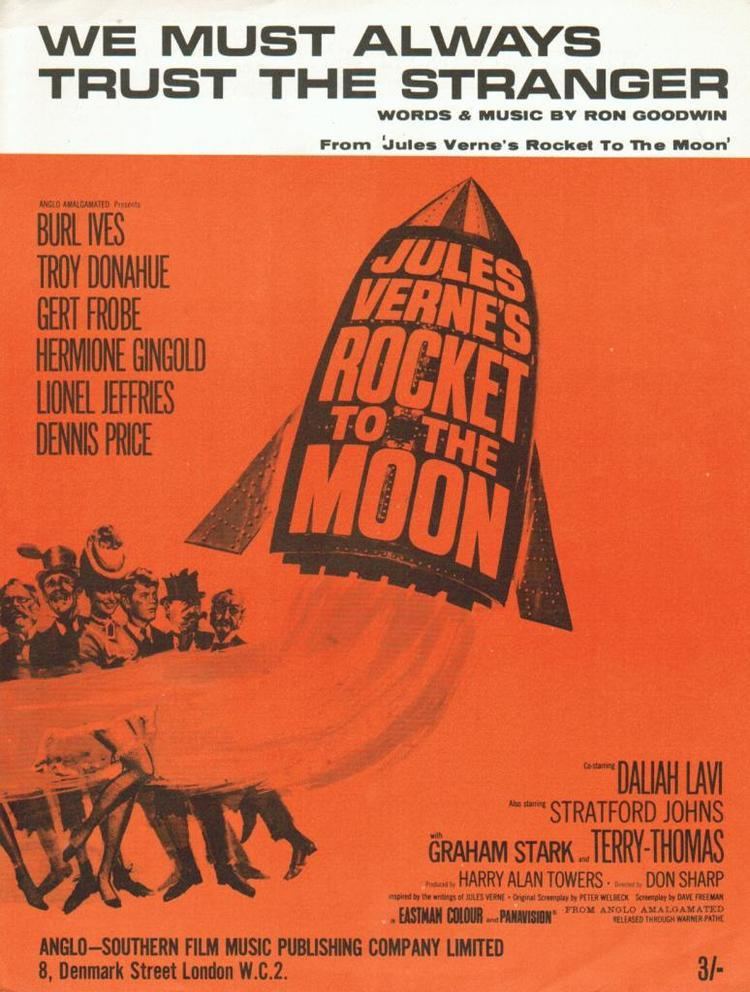
When Madelaine discovers their plan, she is kidnapped and taken off to Angelica's Home for Wayward Girls. She escapes, however, and arrives back at the launching pad, located on a mountain in Wales, just as Gaylord is being removed from the sabotaged moonship.
Dillworthy, Washington-Smythe, and a Russian spy, Bulgeroff, sneak into the spaceship to continue their sabotage. Bulgeroff pulls the takeoff lever, and the three men are sent soaring on a one-way trip.
They land in what is presumably barren wasteland to find inhabitants singing in Russian. The befuddled Washington-Smythe can only conclude that the Russians are already on the moon.
Production
Towers (as "Peter Welbeck") devised the story, very loosely based on From the Earth to the Moon by Jules Verne, and the script was by Dave Freeman.
The film was originally announced as going to star Bing Crosby as Phineas T. Barnum and Senta Berger, along with Terry Thomas, Gert Frobe and Wilfred Hyde-White. AIP said it would be a "wild adventure laced with comedy." In the end Lionel Jefferies replaced Hyde-White and Burl Ives and Daliah Lavi stood in for Crosby and Berger.<
The film was almost entirely shot in Ireland starting 6 August 1966. The rocket launch was shot at the site of a disused copper mine south of Dublin, other exterior scenes were shot in the sand dunes of Brittas Bay, and the interior scenes were shot at Ardmore Studios, just south of Dublin.
British Release
During production, the film was known as Jules Verne's Rocket to the Moon, but when it was screened by the British censors on 21 February 1967, it was registered as Rocket to the Moon (unusually, it was presented to the BBFC by the producer, Harry Towers, instead of the distribution company, which indicates that no distribution deal had been struck at the time). However, by the time it was released, on 13 July 1967, it was once again known as Jules Verne's Rocket to the Moon.
The Times' reviewer, Michael Billington, was not impressed:
Inspired by Jules Verne", the credits for this film rather cryptically announce. One can't argue with the credits, of course; but a more instantly recognizable inspiration is that brand of screen comedy that assumes that a large gathering of well-known names plus some vintage piece of machinery (a car for preference, but a plane or rocket will do) adds up to irresistible mirth. But, as this film takes nearly two hours to demonstrate, it's no use cramming the cast with comedy actors if you're not going to give them anything very funny to do.
US Release
In the United States, the film was first released by American International Pictures in Los Angeles on 26 July 1967 as Those Fantastic Flying Fools, in order to capitalise on the success of Those Magnificent Men in Their Flying Machines (1965), which also starred Terry-Thomas and Gert Fröbe, and where the director Don Sharp was responsible for the aerial sequences. However, it wasn't the hit that the distributors expected, so it was cut down to 95 minutes and released as Blast-Off elsewhere in the US - but that version was no success either.
The Los Angeles Times said the film had a "leisurely, not to say soporific pace... it takes its time which is risky in a slapstick enterprise. Still it does retain an easy sauntering tone of amiable nonsense, with enough pratfalls and explosions to keep the small fry happy." The New York Times said "it's all been done before, and better, but there are still some smiles."
References
Jules Verne's Rocket to the Moon WikipediaJules Vernes Rocket to the Moon IMDb Jules Vernes Rocket to the Moon themoviedb.org
